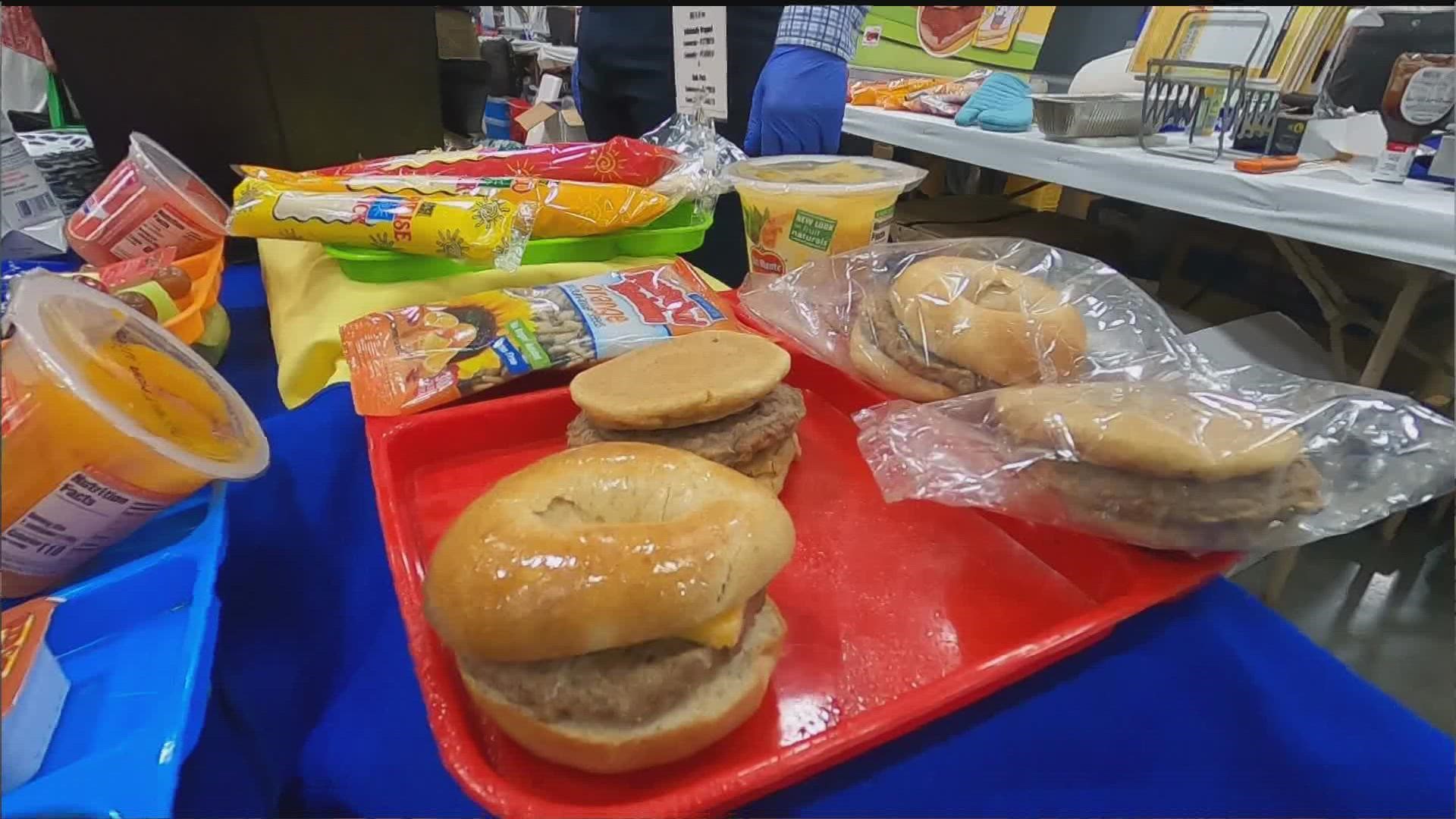ST. CLOUD, Minn. — Just days ahead of the new school year, school administrators are encouraging every family to fill out application forms for free and reduced lunches—even if they aren’t sure if they’re eligible.
Aside from the financial and nutritional benefit to families, the Minnesota School Nutrition Association (MSNA) president Carrie Frank says having families participate in the free and reduced lunch program leads to a higher overall participation rate in their programs. That’s how their funding is determined.
This will be the first school year during COVID that school meals aren’t provided universally. Congress didn’t extend the universal meal program, and a proposal to make meals universal in Minnesota failed to pass through the statehouse. Frank says it’s a “critical” loss.
“We lost the battle here in Minnesota. We are still fighting it at a federal level, so we are encouraging parents to fill out the free and reduced applications,” Carrie Frank, MSNA president, said. “Because not only do families get a free school meal, the school nutrition services get a higher reimbursement. The district gets what’s called compensatory funding. And that goes directly into the classroom.”
Financial uncertainties are just part of a larger challenge that schools are facing heading into the 2022-2023 school year. Many school meal programs still aren’t able to serve the meals they planned to put on the lunch menu. Labor shortages at food processing facilities are having a trickle-down effect.
“We may menu one item, but it doesn’t show up. And so we have to pivot and produce something else,” Frank said. “Often, products are no longer being produced because of lack of employees.”
The supply chain issue creates a few problems. First, students might not like the alternative food that needs to substitute for their preferred item. Sarah Motl, the supervisor of nutrition services at St. Cloud School District, says that can be frustrating for everyone involved.
“Our students are familiar with certain products,” Motl said. “We choose the products that are the most cost-effective and efficient, but also the ones that our students will eat. And so sometimes we have to transition to a different company that isn’t our students’ preferred product.”
It’s also becoming increasingly hard to meet all the USDA nutritional requirements. Each school lunch program needs to serve a certain amount of dark greens, legumes, starchy vegetables, for example.
In the past few years, if schools weren’t able to get a hold of the correct items to create a fully USDA-approved plate, there were waivers in place.
“There were times when we couldn’t meet all those standards," Motl said. “There was a waiver in place for different types of milk that we could serve. So we were able to serve 1% flavored milk, where in the past we could only serve skim flavored milk products.”
However, those waivers expired in June. Motl said while they’re prepared to adapt, it will still be challenging.
“It is stressful, but we have great staff at our schools that have been working through this for the past few years," she said. “They’ve learned a lot of skills on how to be flexible, how to pivot, how to make our menus work with the foods that are available.”
Watch more KARE11 Sunrise:
Watch the latest coverage from the KARE11 Sunrise in our YouTube playlist:

